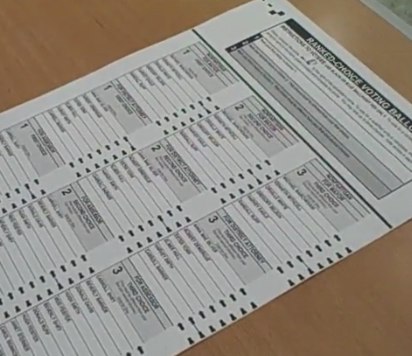(This article was originally published on May 30, 2008. This is a refresh.)
Research that you do alone ends up in only your head. No matter how good the report, slide deck, or highlights video, not all the knowledge gets transferred to your teammates. This isn’t your fault. It just is.
So what to do? Enlist as many people on your team as possible to help you by observing your usability testing sessions. You can even give your observers jobs, such as time-keeper if you’re measuring time on task. Or, if you are recording sessions, it could be an observer’s job to start and stop the recordings and to label and store them properly.
The key is to involve the other people on the team – even managers – so they can
- help you
- learn from participants
- share insights with you and other observers
- buy in
- reach consensus on what the issues are and how to solve them
Who should observe: Everyone
Ideally, everyone on the design and development team should observe sessions. Every designer, every programmer, every manager on the project should watch as real people use their designs. People on the wider team who are making design decisions should also observe sessions. I’m talking about QA testers, project managers, product managers, product owners, legal people, compliance people, operations people — everyone.



